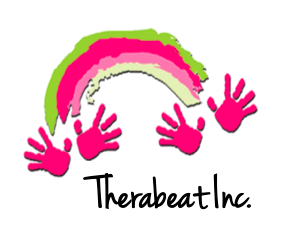Preoperative anxiety is a common obstacle for individuals of all ages before surgery. This causes uncomfortable and painful reactions because of the mental fears about the procedure. Preoperative anxiety is commonly experienced in children specifically. This anxiety can cause negative outcomes of an operation because of the behavioral responses it causes. These behaviors that inhibit the production of the operation are coping mechanisms children use in an attempt to control their current situation, including behaviors such as crying, screaming, avoidance, or physical resistance (Millet & Goodding, 2017, p. 462). Often, these behaviors can cause surgical complications that can spiral into further health complications.
According to Giordano et al., pediatric patients who previously had negative surgical experiences have an increased likelihood of preoperative anxiety for future procedures (2020, p. 2). In order to eliminate the complications of preoperative anxiety, removing stress and fear behaviors, pharmacological analgesia, and sedation are often used. However, pharmacological techniques can also cause negative side effects and potential risks such as nausea and vomiting, itching, respiratory depression, constipation, etc (Giordano et al., 2020, p. 1).
To avoid pharmacological side effects and risks, multidisciplinary and multimodal prevention techniques are becoming the preferred anxiety prevention method. Music therapy is an evidence-based multidisciplinary and multimodal prevention approach to treat preoperative anxiety (Giordano et. al, 2020, p. 3). Music therapy “involves the systematic use of musical experiences aimed at achieving therapeutic goals by a trained music therapist and implies the establishment of a relationship between patient, music and music therapist” (Giordano et al., 2020, p. 1). There are so many benefits that music therapy provides that outweigh the possible negative effects of pharmacological implementation. Music therapy eliminates pharmaceutical risk factors, is more cost effective, and treats more needs than just preoperative anxiety coping skills. Music therapy provides family support, physical and emotional benefits, and goals that enhance relaxation, self-expression, and communication (Giordano et. al, 2020, p. 1).
Music naturally stimulates bodily sensations, feelings, emotions, and thoughts (Giordano et al., 2020, p. 2). Because this is music’s nature, music therapy is able to effectively calm the nervous system of preoperative patients. Treatment for a session in this setting may vary based on the patient’s demographic information and nature of the operation. However, music therapists use client-preferred music to stimulate the mind to distract from negative emotions that may arise and inhibit pre-procedural processes. Music therapists plan their session in close accordance with operational schedules, proactively beginning their sessions before anxious coping skills arise, instead of after. Depending on the length of the preoperational process, the session may last one intervention, or several. However, the music therapist should be prepared to treat until the patient has achieved a normal resting state and the procedure has been completed.
-Hanlee McCart, Music Therapy Intern
References
Charles, K. (2015, December 27). Daily Checkup: Music therapy shows dramatic results; patients with range of different diseases taking note. NY Daily News. https://www.nydailynews.com/life-style/health/daily-checkup-music-therapy-power-article-1.2469024
Giordano, F., Zanchi, B., De Leonardis, F., Rutigliano, C., Esposito, F., Brienza, N., & Santoro, N. (2020). The Influence of Music Therapy on Preoperative Anxiety in Pediatric Oncology Patients Undergoing Invasive Procedures. The Arts in Psychotherapy, 68, 101649. https://doi.org/10.1016/j.aip.2020.101649
Millett, C. R., & Gooding, L. F. (2017). Comparing active and passive distraction-based music therapy interventions on preoperative anxiety in pediatric patients and their caregivers. Journal of Music Therapy, 54(4), 460–478. https://doi.org/10.1093/jmt/thx014






